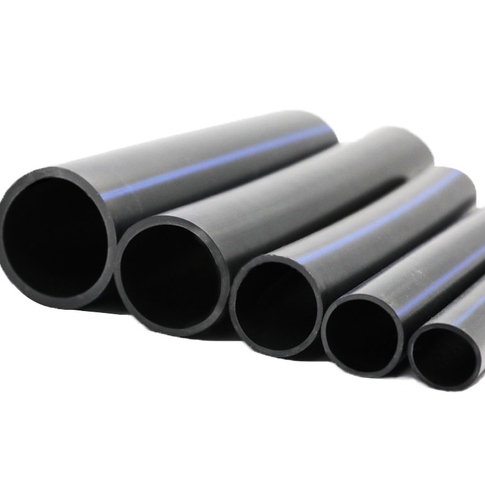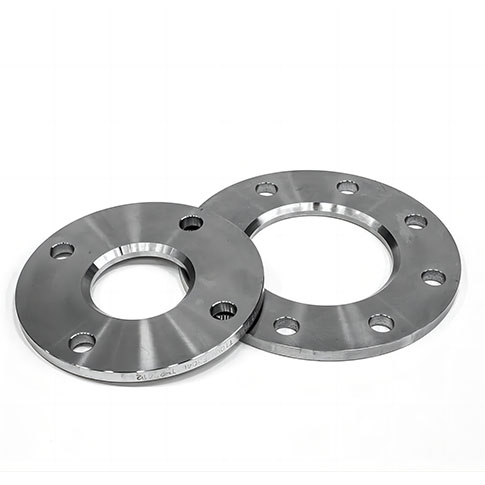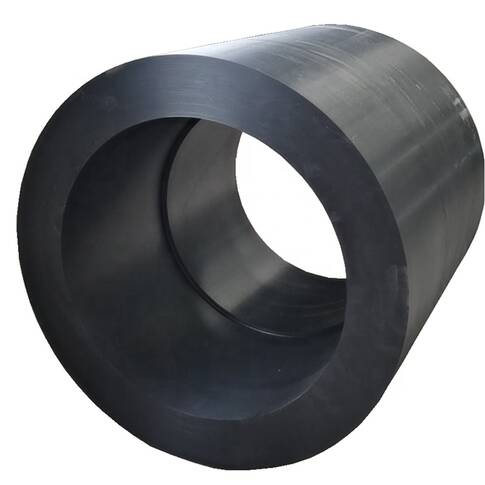27
Nov
Analysis of the Compression Resistance of HDPE Pipes
High-Density Polyethylene (HDPE) pipes are increasingly being used in various industries, particularly in fluid transportation, due to their high strength-to-density ratio. This article delves into their compressive properties, which are crucial for determining their performance under various environmental and load conditions.
HDPE, a thermoplastic polymer made from petroleum, is known for its high strength and durability. It is widely used in manufacturing pipes because of its resistance to impact, corrosion, and wear.
Compressive Properties of HDPE Pipes
The compressive properties of HDPE pipes, including their ability to withstand loads and resist deformation, play a pivotal role in their applicability.
- Strength and Flexibility: HDPE pipes exhibit a unique balance of strength and flexibility, which enables them to absorb impacts and pressure fluctuations without cracking.
- Resilience Under Load: Compressive strength refers to the pipe’s ability to withstand loads without deformation. HDPE pipes maintain their structural integrity under various loads, making them suitable for high-pressure applications.
- Environmental Stress Crack Resistance: One key feature of HDPE is its resistance to environmental stress cracking, which is crucial in harsh environmental conditions.
Table 1: Comparative Analysis of HDPE Pipes and Other Materials
| Material | Compressive Strength | Flexibility | Corrosion Resistance | Environmental Stress Crack Resistance |
| HDPE | High | High | Excellent | Excellent |
| PVC | Moderate | Low | Good | Moderate |
| Steel | Very High | Very Low | Poor | Not Applicable |
Impact of Temperature on Compressive Properties
Temperature plays a significant role in the behavior of HDPE pipes. At higher temperatures, they tend to become more pliable, which can affect their compressive strength. Conversely, at lower temperatures, they become more rigid.
Innovation in HDPE Pipe Manufacturing
Advancements in manufacturing technology have enhanced the compressive properties of HDPE pipes. Multi-layered HDPE pipes and modifications in the polymer chain have resulted in pipes with even greater strength and resilience.
Case Studies and Applications
Several studies illustrate the efficacy of HDPE pipes in demanding conditions. For example, a study conducted in Link to Study demonstrates the long-term reliability of HDPE pipes in high-pressure oil transportation.
The analysis of the compressive properties of HDPE pipes highlights their suitability for a wide range of applications. Their unique combination of strength, flexibility, and resistance to environmental stress makes them a preferred choice in industries like water and waste management, mining, and oil and gas.
For further detailed study and up-to-date research, readers are encouraged to refer to industry-specific journals and publications.





